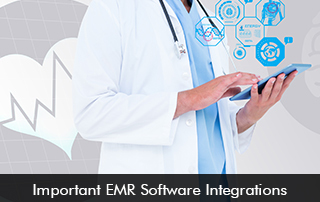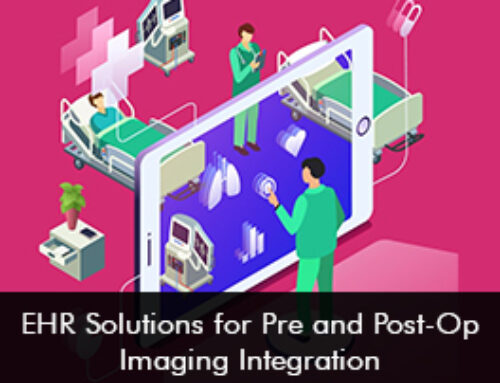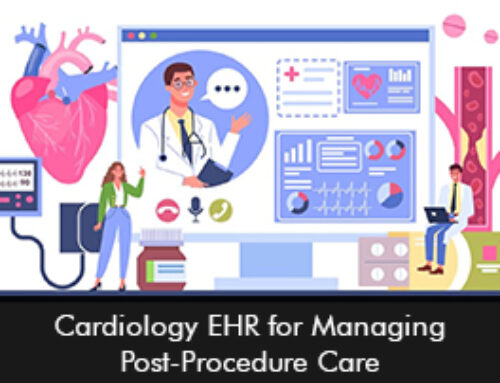The term “Electronic Medical Records (EMR) software integration” describes the smooth communication and coordination between the EHR system and other healthcare applications and technology. EMR Software systems can interact and exchange data with other software programs, including pharmaceutical management tools, radiography systems, laboratory information systems, and more, through integration.
The Benefits of EHR Software Integration and Interoperability
Seamless electronic health records software integration is pivotal for exceptional patient care delivery, care coordination between providers, and smooth workflows. With software integration, data can be exchanged throughout the healthcare ecosystem easily which is interoperability.
EMR Software interoperability streamlines healthcare procedures, allowing for the interchange of patient information, diagnostic results, and treatment plans between different departments and healthcare institutions. Integrating these technologies improves data accuracy, eliminates duplication of work, and, eventually, increases the overall efficiency of healthcare delivery.
The Different Types of EMR Software Integrations
Integrations enable EHR systems to communicate with other software and tools, resulting in a more complete and interconnected healthcare environment. Here are some popular EMR software integrations that are vital for healthcare providers:
Health Information Exchange (HIE)
HIE integrations in Electronic Medical Records Software ensure that patient data can be shared with other systems and organizations. This makes way for care coordination and can help address any gaps in care, offering high-quality patient care regardless of where the patient has received care.
Laboratory Information System (LIS) Integration
The EMR system and the laboratory software can easily share lab results through integration with laboratory systems. This improves the speed and accuracy of getting diagnostic data and patient profiles are up-to-date with complete data.
Radiology Information System (RIS) Integration
Integration with radiology systems guarantees that imaging results and reports are easily accessible in the EHR Software. This improves diagnostic capabilities and care coordination.
Practice Management (PM) Software Integration
It is critical for Electronic Medical Records (EMR) Software to offer integration with the PM Software to maintain efficient patient scheduling and financial billing. With the integration, patient flow is managed well and the financial workflows are maintained which can result in an improved revenue stream.
Telemedicine Software Integration
After the COVID-19 pandemic, telehealth has become the cornerstone of offering efficient and effective patient care services. An EMR Software that is integrated with telehealth software helps to reduce duplication of records and boosts workflow efficiency. The integration allows patient data to be consolidated in one place to be easily referred by the physician whenever required. Many EMR Software vendors such as athenahealth software and Tebra EMR Software offer telemedicine software integration to their users.
Electronic Prescribing Integration
The electronic transmission of prescriptions is made easier by integration with ePrescribing systems. This helps to enhance medication management and lowers errors related to paper prescriptions.
Challenges to EMR Software Integrations
Several obstacles must be overcome for EHR software integration, chief among them being the intricacy of healthcare systems and the wide variety of technologies in use. The lack of standard interoperability standards between various EMR suppliers and healthcare applications is one of the main challenges. Different standards, communication protocols, and data formats might make data interchange less efficient. Furthermore, many healthcare facilities’ outdated systems may lack the interfaces needed for contemporary integration.
The healthcare sector must work together to create and uphold interoperability standards, make significant investments in cybersecurity protections, and negotiate the difficulties of combining disparate and frequently antiquated technological infrastructures to overcome these obstacles.







